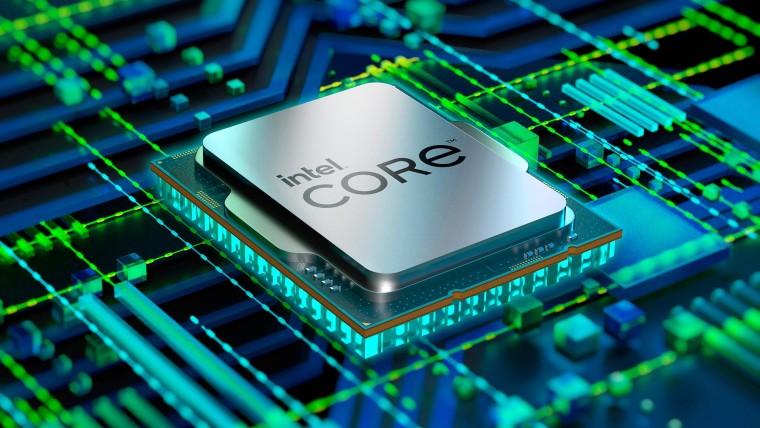Task Manager of prototype Intel CPU shows Core and Logical processor count are the same at 8.
This is still a relatively low end chip if its just 8 cores and a 13500 has 6 + 8 = 14 total so this is maybe a laptop processor. Hyperthreading probably doesn’t make sense anymore.
There have been non hyper thread CPUs in every line of every gen chip.
Almost every i5 was a non hyper threaded version of the i7 chip of the same series. The Celerons have been non hyper threaded versions of the i3 from the same series.
One screen shot of a single chip doesn’t equate to them ditching it entirely.
That being said, the efficiency of each core and the ever increasing physical core count makes hyper threading less relevant.
My argument is that if you have more than 8 cores, hyperthreading is useless. If less than 8, it is beneficial. The original approach to hyperthreading was taken to make dual and quad cores more efficient.
I am curious about why performance cores would go with a no-smt implementation; the die area improvements are obvious, but how are they going to spend that die area improvement to make up the performance gap?
AVX only really affects a small subset of applications, so I can’t see that going too far.
A better branch predictor could be a boon, but given how good they are already I’m not sure how they could make up the 50% multi threaded loss.
Perhaps just cramming more physical cores together and a better cache sharing mechanism?
The multi thread performance would be handled by e cores. I guess the trade off for smt is no longer worth it with e cores in the picture.
Hyperthreading is responsible for some of the headaches with Spectre/Meltdown attacks afaik, maybe they want to get rid of the overhead of the mitigations… Or they have just been rethinking things and now hide hyperthreading from the OS. Entirely possible to let a modern SOC handle this on its own with all the excess transistors.
I agree with the other comment that suggested it might only be some select chips without HT tho




